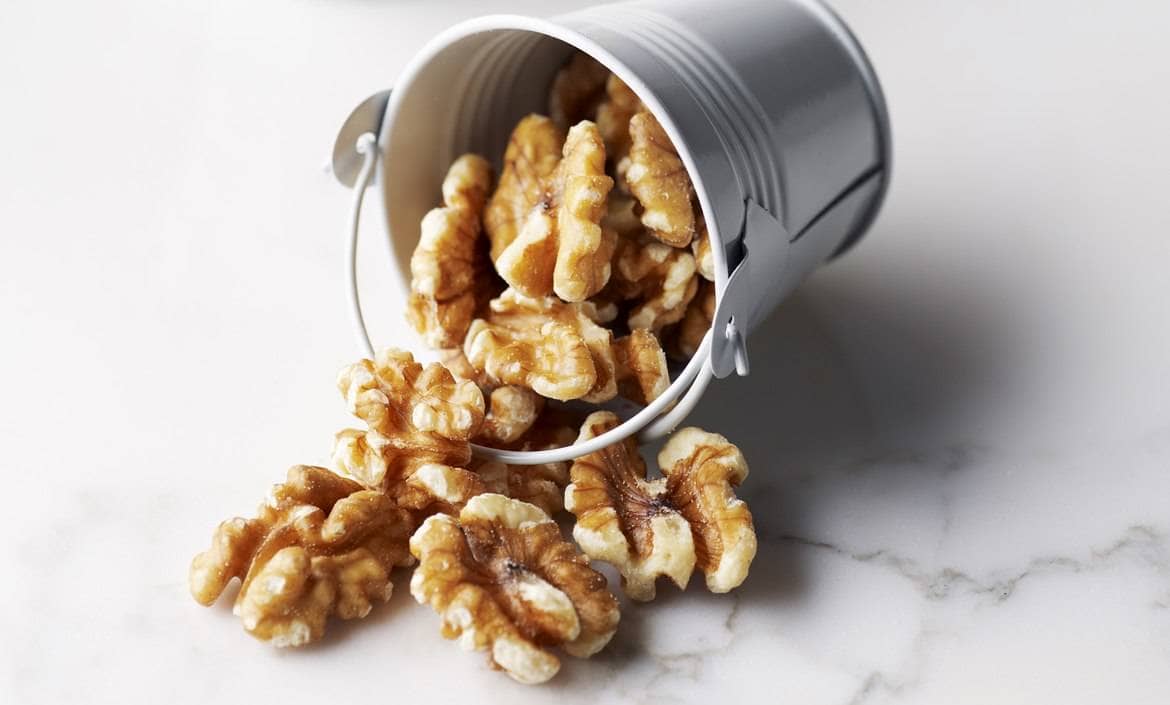Six handy tips to help you cut back on overeating.
Change your serving utensils:
Replace your 12-inch plate with a 10-inch plate — A person tends to over-serve onto larger plates, and because people consume an average of 92% of what they serve themselves, larger plates lead to larger food intake. A two-inch difference in plate diameter — from 12″ to 10″ plates — would result in 22% fewer calories being served, yet it is not drastic enough to trigger a counteracting response. If a typical dinner has 800 calories, a smaller plate would lead to a weight loss of around 18 pounds per year for an average size adult.
Mini-size your boxes and bowls – The bigger the package you pour from, the more you will eat: 20 to 30% more for most foods. Repackage your jumbo box into smaller containers, and serve it up in smaller dishes.
Choose a smaller spoon or eat with chopsticks — Even nutrition experts have been shown to dish out more food when their serving utensils were oversized. During an ice-cream social, those given 2-ounce spoons ate 14.5 percent less than those with 3-ounce spoons. In addition, people who eat with chopsticks have been found to eat slower and eat less per bite and tend to be thinner than those using larger utensils.
Become an illusionist – Half of a cup of pasta on an 8-inch plate is a nice size serving. Half of a cup on a 12-inch plate looks like a tiny appetizer. Make visual illusions work for you. With glasses, think slender if you want to be slender. If you do not fill your glass, you will tend to pour 30% more into a wide glass than into a slender one.
See it before you eat it – Put everything you want to eat on a plate before you start eating – snacks, dinners, ice cream, and even chips. Also, instead of eating directly out of a package or box, put your snack in a separate dish and leave the box in the kitchen. You’ll be less likely to eat more food. Keeping an ounce of walnuts in a baggie is a perfect way to have a perfect size nutritious snack on hand
Use the half-plate rule – For lunch or dinner, half the plate should be vegetables and fruits and the other half should be protein and starch. Use the Portion Plate tool to help you determine how much you should be eating.
Think 20% less – Dish out 20% less than you think you might want before you start to eat. In most studies, people can eat 20% less without noticing it. If they eat 30% less, they realize it, but 20% is still under the radar screen. For fruits and vegetables, think 20% more.
Do not deprive yourself – The best way to begin changing habits is to do so in a way that does not make you feel deprived: keep the comfort foods but eat them in smaller amounts. Our studies show that most people have at least some comfort foods that are reasonably healthy. Small doses take you a long way. Just a handful of heart-healthy walnuts every day is an easy way to improve your diet.

